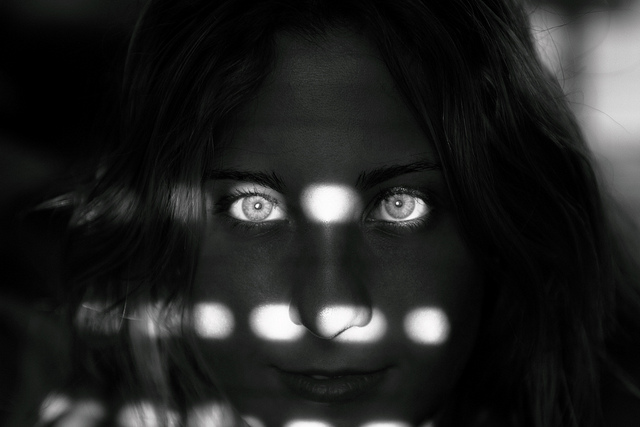Owning Our Shadow Sides
We all know about spiritual teachings regarding our body, mind and spirit, or soul, but many times the teachings leave out an essential fourth area of work—shadow work.
Life is duality. Yin, yang. Moon, sun. Black, white.
But, of course, life is also full of paradox. Death and life are black and white, yet simultaneously painted with infinite shades of color. We make choices every day, all the time, yet control is an illusion.
Nothing is linear or as easy as a list of ten pieces of advice.
Owning our shadow sides means being in touch with reality.
It means expanding our self-knowledge to include awareness and acceptance of our dark side, our shadow. What do we fear? What makes us rage? What are our habits and patterns? Where is our resistance?
Body work is movement, which has a thousand forms of expression from sports to yoga to hiking to massage and more.
Mind work is meditation, which is really just a fancy way of saying sitting still and witnessing the mind and its activity in a nonjudgmental way. Mind work works mostly on the levels of thought and emotion such as insight meditation or loving kindness techniques.
Spirit work is also about meditation, deeper meditation, and the incorporation of mindfulness practice into our daily lives.
So, what about the shadow? What is it and why should we care?
Shadow work is another category of mind work that is often neglected or ignored completely. I am grateful to the teachings of Ken Wilber and his Integral Life Practice system for making me more aware of the importance of shadow work. It’s just as crucial as body work, mind work and spirit work. In fact, without doing shadow work, we will never get rid of our neuroses, no matter strong our “spiritual practice” may be.
One method of working with our shadow is talk therapy. Engaging in sessions with a counselor, psychologist or psychiatrist can be super helpful when we are struggling to find balance and hope in our lives. Therapy with an impartial, professional human being can be an effective and efficient way of identifying and working with aspects of our shadow side.
There are other ways, too. Here are a few I suggest incorporating into your practice:
Writing
Writing practice, as taught by the American zen author Natalie Goldberg, is the daily habit of continuous journal writing, a creative, meditative method of looking at the contents of our mind as they spill out onto the page. Writing practice, like meditation, enables us to see, note and let go of each thought, emotion, memory and plan, as we watch (and record) our mental processes.
Conversation
In addition or instead of psychotherapy, old-fashioned, in-person chats with a trusted friend, mentor or partner can help us see our shadow sides and learn what areas we need to work to shine the light on. Speaking out loud, hearing our own voice and having it heard by another being (even a pet) is powerful.
Artistic expression
Get in touch with your inner child. Use crayons, paints, pastels, pencils or whatever media you want to create something on the blank canvas. Let go of your controlling mind and allow your shadow side to come out on the page in whatever form it takes.
Chakra work
Learning more about our chakra energy centers and doing yoga and meditations to delve into each one can quickly teach us where we are out of alignment and balance. Intending to heal each of our seven main chakras is a form of shadow work.
Meditation
Finally, the most practical, simplest (yet sometimes most difficult) shadow work is meditation. Any form of mediation, really. If so inspired, you can focus on certain techniques of meditation that encourage us to look into our fears and go deeper to the roots of our problems. Check out the Tibetan Book of the Dead or another beginner’s Buddhist book for ideas and inspiration.
Without owning our shadow sides, our lives will never be completely functional.
Here’s to working with our shadow aspects, owning them and transforming them—thereby freeing up more energy to focus on the light.
~ Michelle Margaret Fajkus
Love elephant and want to go steady?
Sign up for our (curated) daily and weekly newsletters!
Editor: Emily Bartran
Image: Pablo Miranzo/Flickr
 Share on bsky
Share on bsky





Read 1 comment and reply